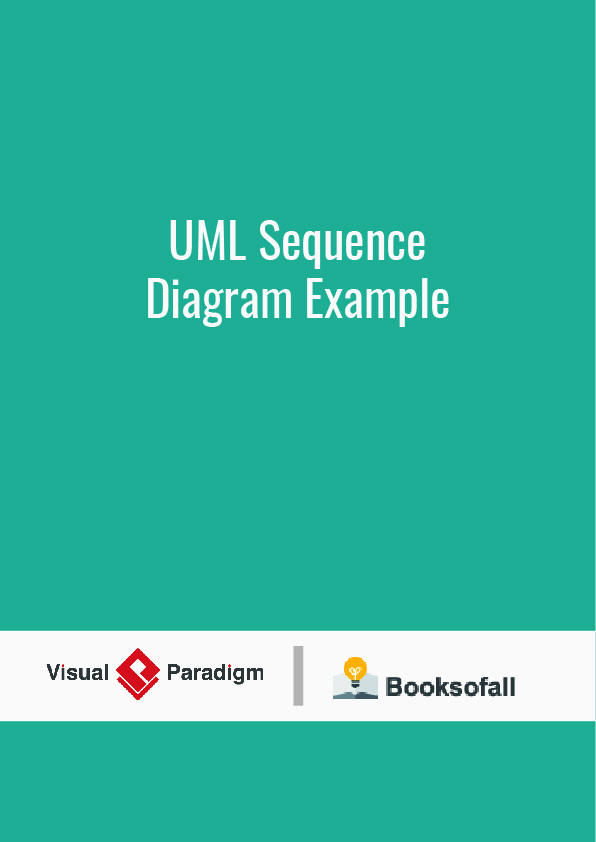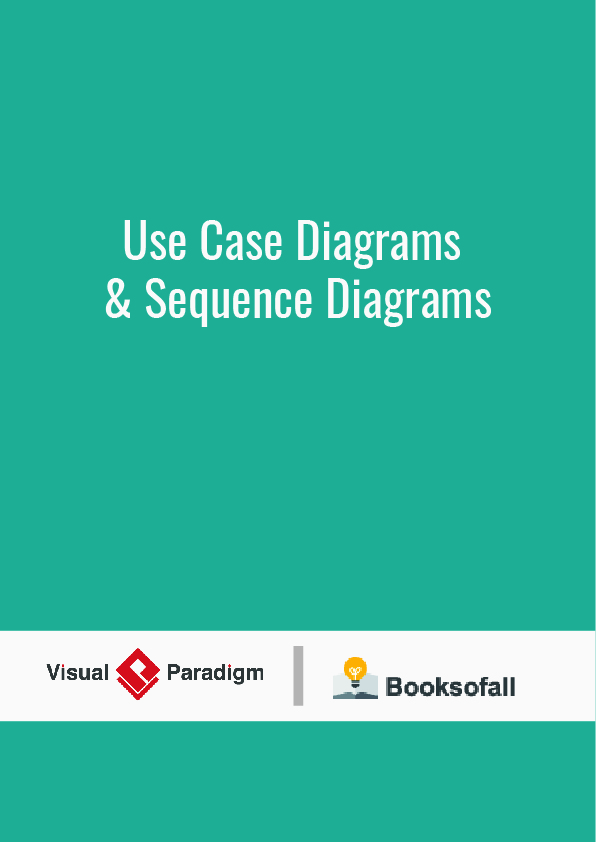What is Use Case Diagram?
11-14 minutes
Here are some questions that have been asked frequently in the UML world are: What is a use case diagram? Why Use case diagram? or simply, Why use cases? . Some people don’t know what use case is, while the rest under-estimated the usefulness of use cases in developing a good software product. Is use case diagram underrated? I hope you will find the answer when finished reading this article.
So what is a use case diagram? A UML use case diagram is the primary form of system/software requirements for a new software program underdeveloped. Use cases specify the expected behavior (what), and not the exact method of making it happen(how). Use cases once specified can be denoted both textual and visual representation(i.e. use case diagram). A key concept of use case modeling is that it helps us design a system from the end user’s perspective. It is an effective technique for communicating system behavior in the user’s terms by specifying all externally visible system behavior.
A use case diagram is usually simple. It does not show the detail of the use cases:
- It only summarizes some of the relationships between use cases, actors, and systems.
- It does not show the order in which steps are performed to achieve the goals of each use case.
As said, a use case diagram should be simple and contains only a few shapes. If yours contain more than 20 use cases, you are probably misusing use case diagram.
The figure below shows the UML diagram hierarchy and the positioning of the UML Use Case Diagram. As you can see, use case diagrams belong to the family of behavioral diagrams.
Note that:
- There are many different UML diagrams that serve different purposes (as you can see from the UML diagram tree above). You can describe those details in other UML diagram types and documents, and have them be linked from use cases.
- Use cases represent only the functional requirements of a system. Other requirements such as business rules, quality of service requirements, and implementation constraints must be represented separately, again, with other UML diagrams.
Are you looking for a Free UML tool for learning UML faster, easier and quicker? Visual Paradigm Community Edition is a UML software that supports all UML diagram types. It is an international award-winning UML modeler, and yet it is easy-to-use, intuitive &completely free.
Free Download
Origin of Use Case
These days use case modeling is often associated with UML, although it has been introduced before UML existed. Its brief history is as follow:
In 1986, Ivar Jacobson first formulated textual and visual modeling techniques for specifying use cases.
In 1992 his co-authored book Object-Oriented Software Engineering – A Use Case Driven Approach helped to popularize the technique for capturing functional requirements, especially in software development.
Purpose of Use Case Diagram
Use case diagrams are typically developed in the early stage of development and people often apply use case modeling for the following purposes:
- Specify the context of a system
- Capture the requirements of a system
- Validate a systems architecture
- Drive implementation and generate test cases
- Developed by analysts together with domain experts
Use Case Diagram at a Glance
A standard form of use case diagram is defined in the Unified Modeling Language as shown in the Use Case Diagram example below:
Notation Description
Visual Representation
Actor
- Someone interacts with use case (system function).
- Named by noun.
- Actor plays a role in the business
- Similar to the concept of user, but a user can play different roles
For example:
- A prof. can be instructor and also researcher
- plays 2 roles with two systems Actor triggers use case(s).
- Actor has a responsibility toward the system (inputs), and Actor has expectations from the system (outputs).











